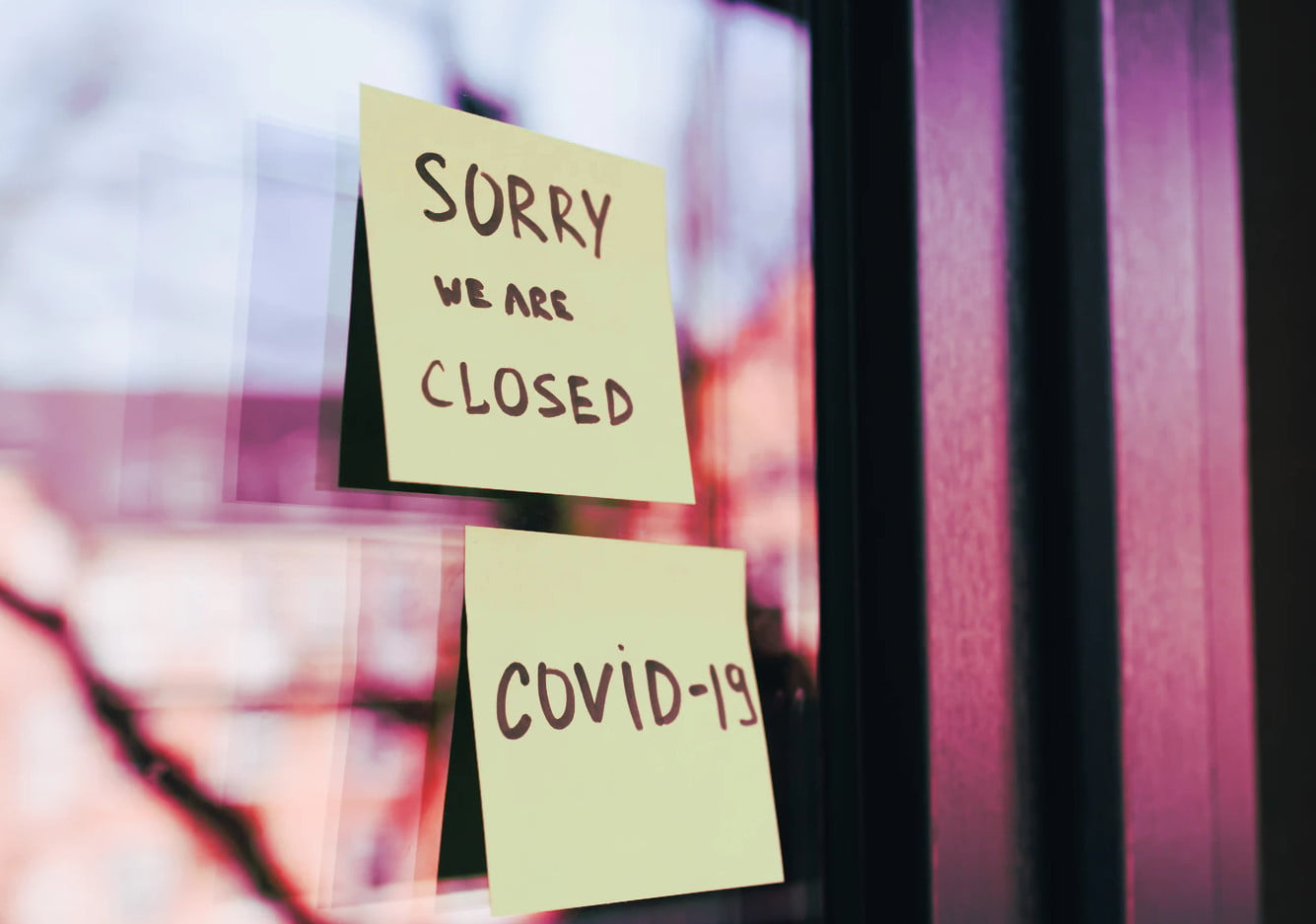After 6 months of forced measures to combat the coronavirus in the US, the restaurant industry continues to face difficulties. The struggles are especially hard on small restaurants who lack the finances to survive a long lasting recession. In many states, restaurants have been forced to close their doors and some will never re-open. As far back as the Spring of 2020 Yelp reported that 53% of the restaurant closures on Yelp.Com are permanent. Even industry cheerleader, The National Restaurant Association – which is usually a “glass half-full” organization – predicts that at least 15% of all restaurants will go out of business. Many analysts and economists believe the number will be much, much higher. Some operators have now resorted to selling their assets on e-bay and Facebook Marketplace and are basically in liquidation mode.
Hard Times in New York
New York seems to be especially hard hit. When Governor Cuomo decided that indoor dining rooms would have to stay closed for an indefinite period, operators reacted by attempting to locate outdoor space for dining and by ramping up delivery service. While outdoor dining may alleviate some pressure during summer months in New York, it’s unclear how business will fare when the first snowfall arrives. The delivery business has its own problems as many dining rooms are at the mercy of Uber Eats, Grubhub and other app companies that take too large a commission leaving already thin margins sliced to nearly nothing. It’s no wonder then that The New York City Hospitality Alliance’s survey found that 83% of NY bars and restaurants could not pay their full July 2020 rent and 37% paid no rent at all.
The 6 Foot Rule, HVAC designs and More Problems
Restaurants that rely on traditional indoor dining need the coronavirus to “go away” either by vaccine, herd immunity or by magic spell. But even when that day comes it’s likely that the effects of the upheaval experienced in 2020 will linger and may permanently alter the industry. Preparations have already begun for the next respiratory epidemic or contagion that will cause similar alarm in the future. Operators who are lucky enough to survive through to post-pandemic times will most likely have adapt to a new world that may include:
- Lower volumes due to social distancing rules – Those areas that are allowing indoor dining are enforcing the “six foot rule” and limiting the number of people allowed at indoor gatherings. Even with creative thinking for how to seat diners the reality is that volumes will be lower across the board.
- HVAC re-design costs – The World Health Organization has acknowledged that Covid-19 can be spread through the air indoors and there seems to be a correlation between ventilation systems and the virus’ circulation patterns. Expect authorities to craft new rules for indoor HVAC systems that will cost operators money.
- Certification of Staff – The Food and Drug Administration may require every facility to have a person in charge on site during open hours who has up-to-date ServSafe food manager certification. At a minimum authorities food safety regulations will be enhanced and staff training required on a number of fronts.
- Smaller Markets – It’s not yet clear if and when consumers will return to dining rooms in the numbers that the industry enjoyed pre-2020. Consumer’s attitudes, preferences and lifestyles may be changed in a lasting way.
The bottom line is that bottom lines may suffer long into the future. Restaurants that can weather the storm will most likely need to re-think their entire business in a post-pandemic world.

